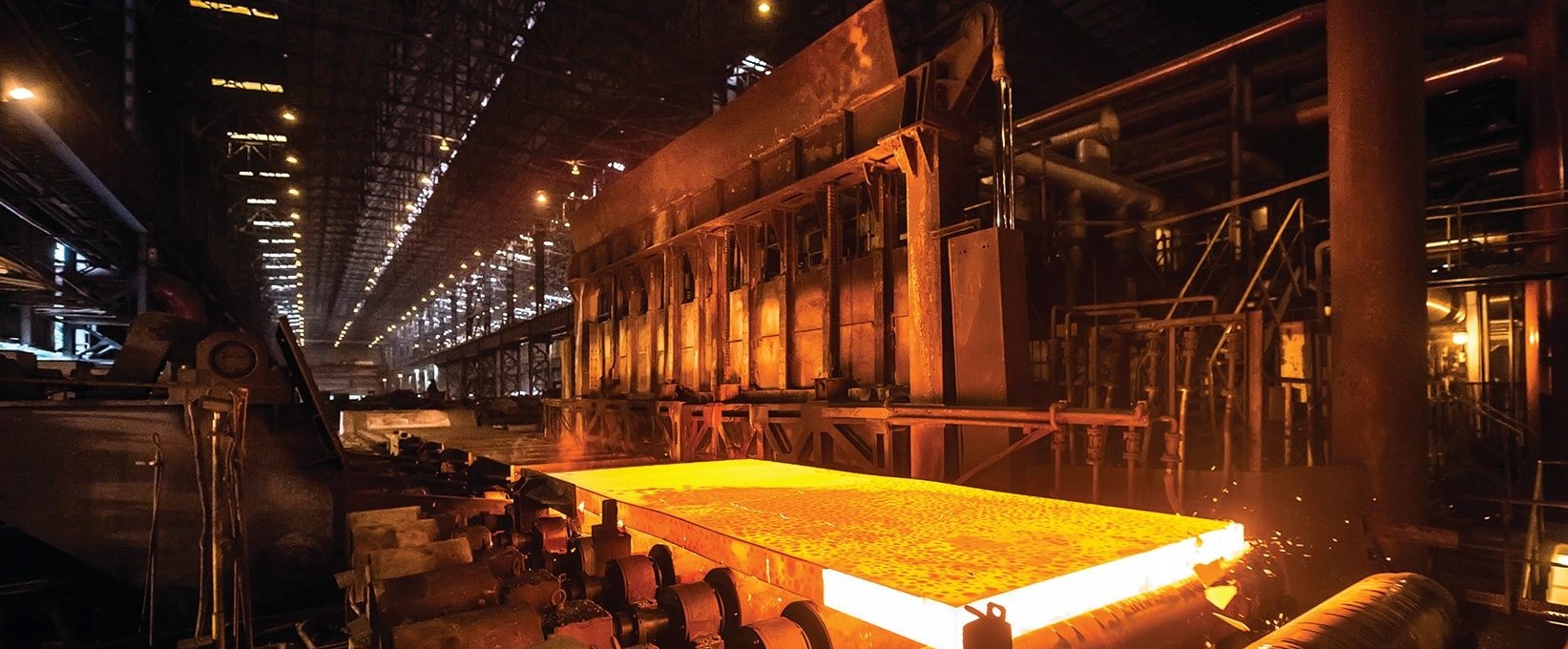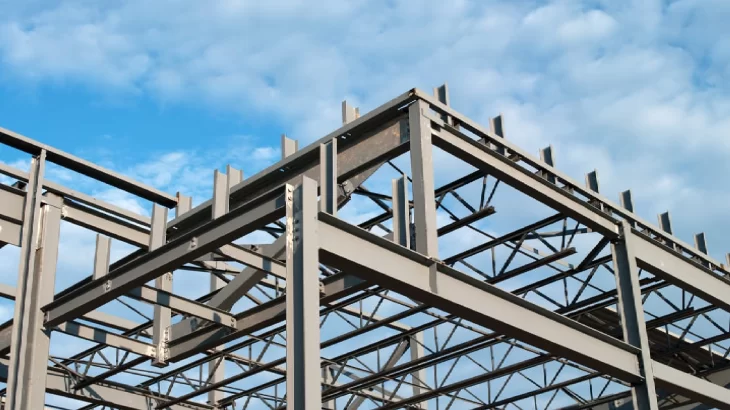
Steel beams are essential elements in construction, providing structural support and stability to buildings, bridges, and various infrastructures. They come in various shapes and sizes, each designed to fulfil specific load-bearing requirements. Let’s get into the world of steel beams to understand their types, uses, and significance in construction.
Types of Steel Beams
1. I-Beams (Universal Beams)
- Characteristics: Shaped like the letter “I” with tapered flanges.
- Usage: Ideal for vertical support in buildings and bridges due to their excellent load-bearing capacity.
2. H-Beams (Wide Flange Beams)
- Characteristics: Resemble the letter “H” with wider flanges.
- Usage: Well-suited for load-bearing columns and horizontal structures.
3. T-Beams
- Characteristics: Shaped like the letter “T” with a flange at the top.
- Usage: Widely used in bridges and building floors to support slabs and resist bending.
4. Box Beams
- Characteristics: Rectangular or square shape.
- Usage: Commonly employed in residential construction for various load-bearing purposes.
Properties and Composition
Steel beams are typically made from carbon steel, offering high tensile strength, durability, and resistance to corrosion. The specific composition might vary, but common elements include iron, carbon, manganese, and sometimes other elements like silicon, sulphur, and phosphorus.
The properties of steel beams, such as yield strength, elasticity, and ductility, make them indispensable in construction. They can withstand heavy loads and extreme weather conditions, making them a reliable choice for structural support.
Applications
Steel beams find applications in diverse construction projects:
- Building Construction: Used for creating frameworks, columns, and support in high-rise buildings and commercial structures.
- Bridges and Highways: Provide foundational support for bridges, overpasses, and highway infrastructure.
- Industrial Structures: Utilized in factories and warehouses for creating sturdy frameworks.
- Residential Construction: Employed for load-bearing walls, floors, and roofs in homes and apartments.
Installation and Maintenance
The installation of steel beams involves precise engineering and calculations to ensure proper load distribution and structural integrity. Regular inspections and maintenance are crucial to prevent corrosion and ensure the beams’ longevity. Protective coatings, inspections for rust or damage, and timely repairs are vital for their upkeep.
Environmental Impact
Steel is a highly recyclable material, making it environmentally friendly. The recycling process significantly reduces energy consumption and greenhouse gas emissions compared to producing new steel. Additionally, the longevity of steel beams contributes to sustainable construction practices.
Steel beams manufactured by JSP Structurals provides strength, stability, and versatility to the modern construction. Their ability to withstand heavy loads and harsh conditions makes them indispensable in the world of architecture and engineering. As construction techniques advance and sustainable practices become more prevalent, steel beams continue to play a crucial role in building a resilient and sustainable future.
Their evolution and adaptation to various construction needs showcase their enduring significance in the ever-changing landscape of architecture and infrastructure.

